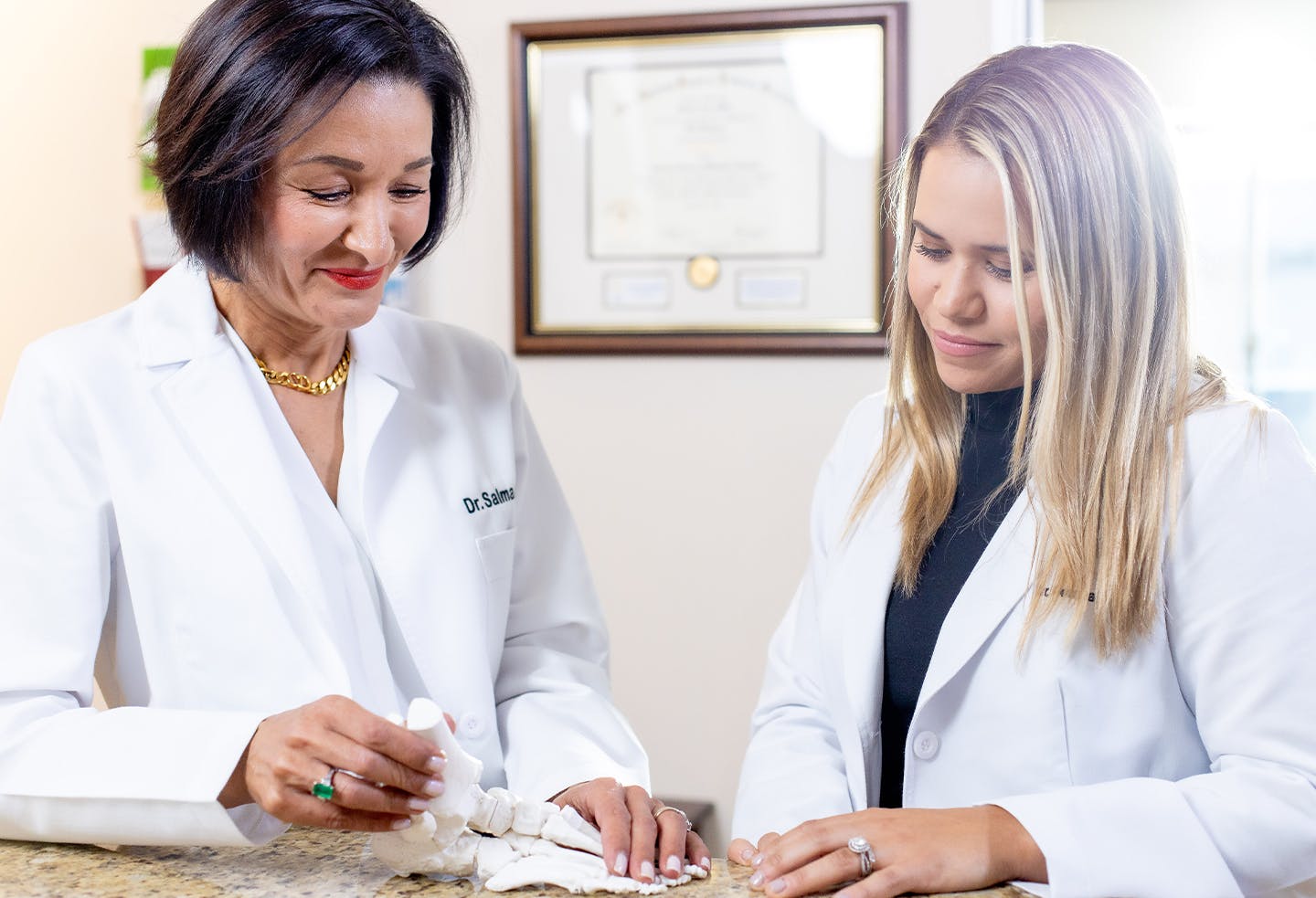If primary non-surgical treatments haven’t alleviated your pain or corrected the issues you’re experiencing due to having flat feet, a surgical flat foot correction in Rancho Santa Margarita may be necessary. If you have flat feet, the treatment option that will be recommended for your case of flat feet depends on the severity of the condition. The condition may be treated conservatively with corrective custom orthotics designed for individuals with flat feet, but sometimes surgical flat foot correction is required for the condition.
When a Surgical Flat Foot Correction is Necessary
When the pain that you’re experiencing leads to high amounts of discomfort whenever you exercise, walk, or stand, you should definitely schedule an appointment with a podiatrist to determine if surgery is right for you. It’s also important to understand that correcting these issues early on in your life can help with the prevention of hip, back, or knee pain later on in life.






